Dutch civilian Kate ter Horst agreed that her home, the ‘Old Vicarage,’ next to the Oosterbeek Church could be used as a Regimental Aid Post during the height of the fighting. She had five young children sheltering in the cellar yet insisted on tending for the wounded. ‘The Angel of Arnhem’ as she was known to the wounded airborne soldiers negotiated their evacuation with the Germans when the Aid Post came under constant fire. After the battle the Germans turned her out with her children alongside the rest of the inhabitants.
About 450 Dutch civilians were killed and many more injured as a consequence of the MARKET-GARDEN Operation.
When fighting ceased there were still about 400 airborne soldiers and airmen hiding in the woods and houses around Arnhem, Ede and Apeldoorn. They were housed and sheltered by Dutch civilians and assisted later to escape over the river by the Resistance. This was a spontaneous rather than ordered effort and they risked certain death and retribution for their families if discovered.
The civilian inhabitants of Arnhem and Oosterbeek were forcibly evacuated, both as a reprisal and to clear the new front line. Empty houses were systematically looted by the Germans and the cleared furniture and household effects sent to bombed-out civilians in the Ruhr. It is assessed 30,000 Dutch civilians perished in the subsequent ‘Hunger Winter’ from starvation, disease, the cold and military action.
A close affinity has since remained between Airborne Forces and the Dutch people of Arnhem, Oosterbeek and the Gelderland and endures to this day, a consequence of the shattered expectation of an early end to the war and the tragedy that ensued. One surviving Dutch Resistance member, a doctor, felt despite the carnage and destruction the airborne soldiers felt they inflicted on the area: ‘Don’t ever say that it was a wasted effort; you gave us hope; you showed that someone cared, and that we were not forgotten’.
Every September a joint Anglo-Dutch Service of Remembrance is held at the Oosterbeek War Cemetery, where local school children each lay a flower on the grave of a British paratrooper.
The Dutch at Arnhem
Newsletter Signup
Donate
Donate
Make a donation to Airborne Assault ParaData to help preserve the history of The Parachute Regiment and Airborne Forces
The Airborne Shop
The Airborne Shop
The Airborne Shop is the official shop of Support Our Paras (The Parachute Regiment Charity RCN1131977).
Profits from all sales made through our shop go directly to Support Our Paras, so every purchase you make with us will directly benefit The Parachute Regiment and Airborne Forces.

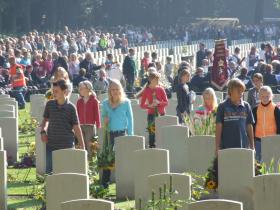
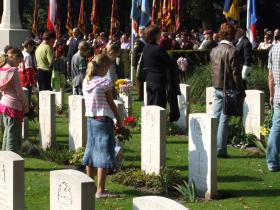
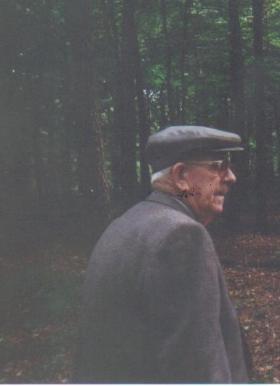
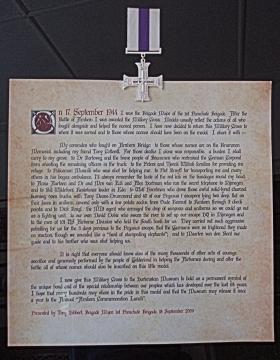
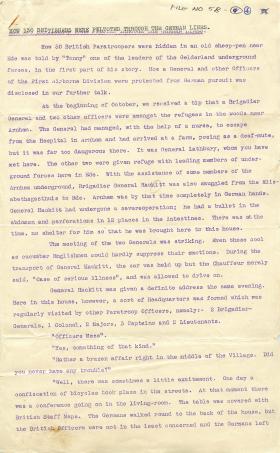
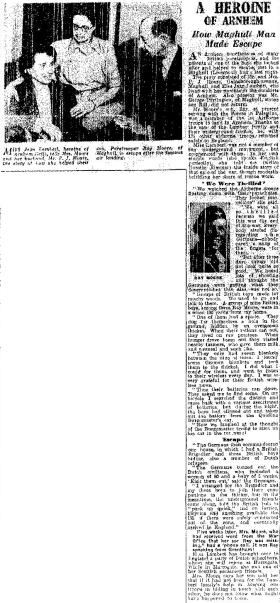
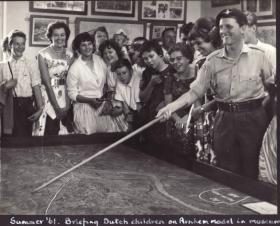
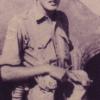



Latest Comments
There are currently no comments for this content.
Add Comment
In order to add comments you must be registered with ParaData.
If you are currently a ParaData member please login.
If you are not currently a ParaData member but wish to get involved please register.